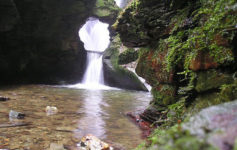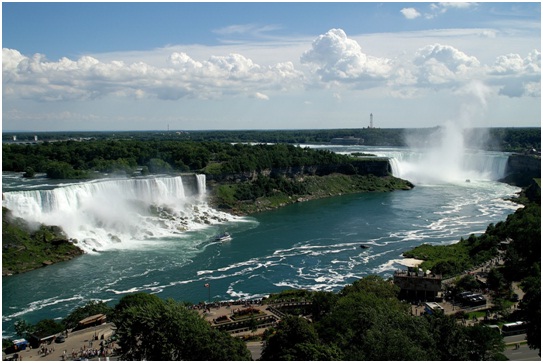A top tourist destination, Northern Arizona welcomes travelers from around the world for an experience of a lifetime. Northern Arizona’s share of the picturesque and colorful Colorado Plateau graces us with amazing arches, towering sandstone spires, canyons, pinnacles and swirls of multihued rock that witness millions of years of Earth’s evolution and are a photographer’s wonderland. Northern Arizona simply dazzles at every turn, offering countless ways to excite your spirit and indulge your soul. So grab your sense of adventure, put on comfortable hiking boots and head to explore this truly majestic hotspot sure to take your breath away.
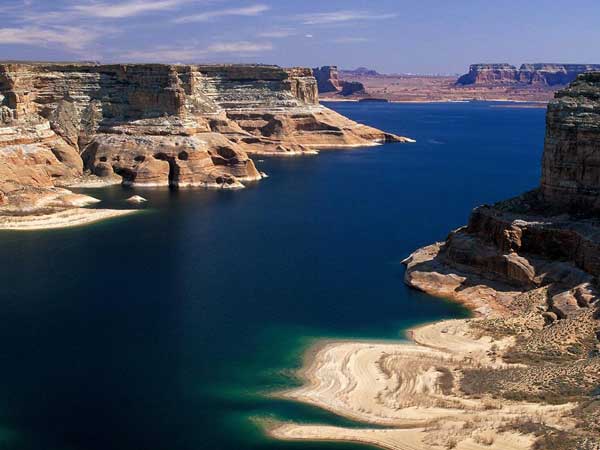
The Grand Canyon – everyone should know this place. One of the seven Natural Wonders of the World and Arizona’s top tourist attraction, the Grand Canyon offers powerful and inspiring landscape, which overwhelms our senses through its immense size. Carved by the Colorado River over the course of millions of years and molded by the force of volcanic eruptions, the Grand Canyon is 277 miles of pure ‘whoa,’ which, in some areas can reach 1 mile in depth and 18 miles in width. It’s true that no visit to Arizona is complete without a trip to the Grand Canyon, but well worth a visit are such attractions, as the Glen Canyon National Recreation Area, Sedona, Vermillion Cliffs, Ciricahua National Monument, Kartchner Caverns and, finally, one of the most unique natural wonders of Northern Arizona – the awe-inspiring Antelope Canyon about which we are going to speak in today’s post.
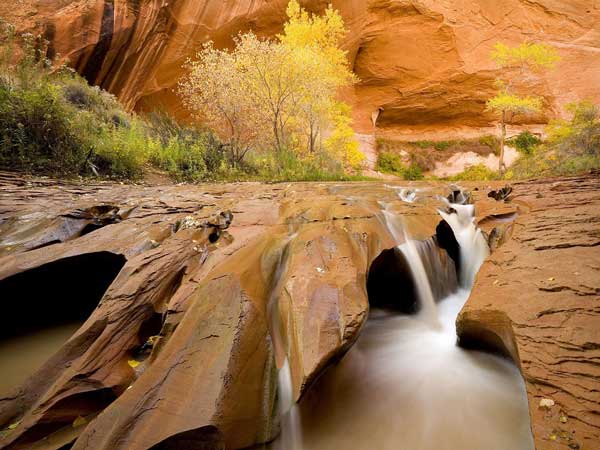
Located right down the road from Lake Powell and only about 2 hours from both rims of the Grand Canyon one can find the charming town of Page – a great spot for any trip to Arizona, housing the exceptionally beautiful Antelope Canyon, also known as ‘Corkscrew Canyon,’ one of the few slot canyons in the area.
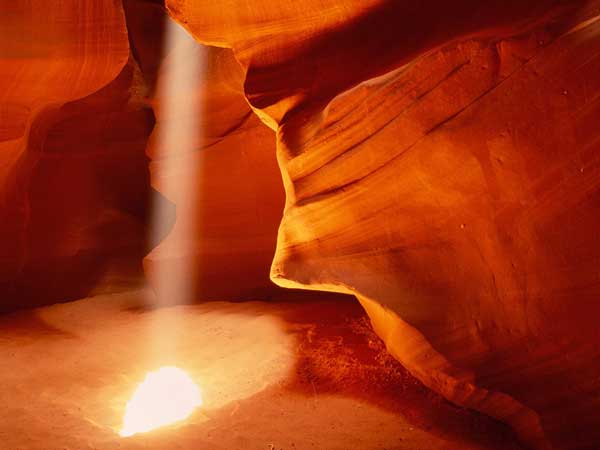
Actually two canyons can be found: Upper and Lower Antelope Canyons, with the second one being more challenging, though most visitors take a tour to Upper Antelope Canyon.
Located within the LeChee Chapter of the Navajo Nation, Upper Antelope is at about 4,000 feet elevation and the canyon walls rise 120 feet above the stream bed. It is reached at the end of a very sandy 2 mile 4WD track south of the road beginning near milespot 299. The entrance to the canyon is a narrow curved slit in the cliffs only a few feet wide, while some sections of the canyon are wide and bright and other, just vice versa narrower and more cave-like. On the whole, it may take 3 to 4 minutes to walk through the upper canyon, but be sure that the canyon is well worth the arduous trek and the sunlight filtering down the curved sandstone walls.
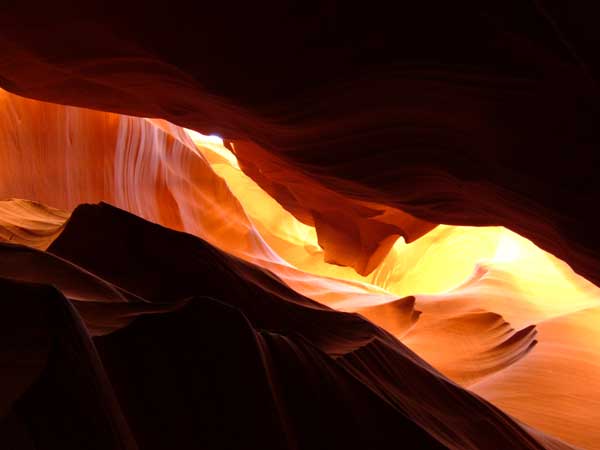
The Lower Antelope is longer and deeper than the Upper section and requires climbing down ladders in some places to descend several sheer drops. Keep in mind that though less dramatic, Lower Antelope Canyon is more adventuresome.
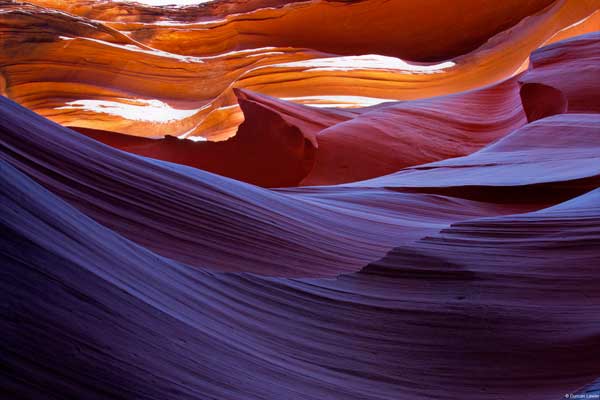
Made famous in photos because of the dazzling beams of light that appear in the canyons at certain times of the day, this area is a landscape photographers dream come true and a must-see attraction in Northern Arizona that never fails to amaze with its breathtaking beauty.
Admission to Antelope Canyon is by guided tour only. The tour prices vary; however, a typical tour costs $32 for 90 minutes.
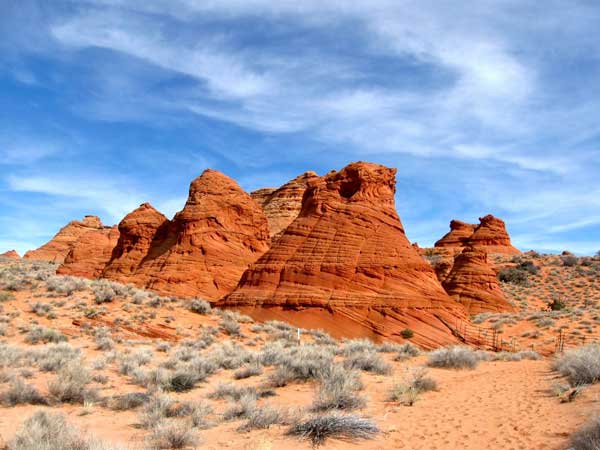
Please note that Northern Arizona is heavily visited in the summer season (May through August), which makes getting reservations for tours difficult. The best time to visit is March, April, September and October, when the weather is fine and there is less competition for reservations.

